
Surgeons Have Achieved The First-Ever Robotic Heart Transplant Without Any Chest Cuts
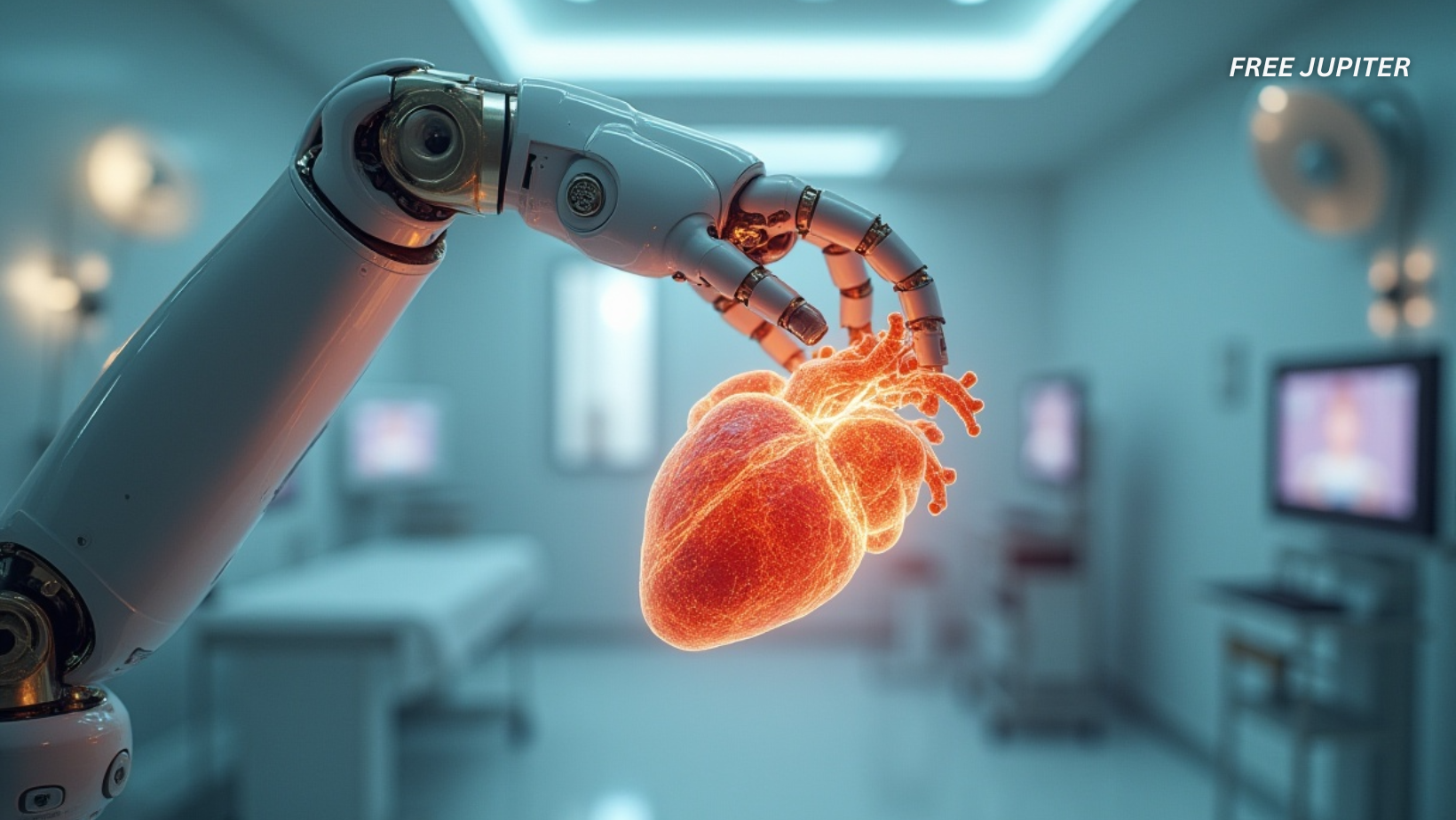
In a groundbreaking advancement that seems ripped from the pages of science fiction, U.S. surgeons have successfully performed the world’s first fully robotic heart transplant—without making a single incision in the chest. Instead of the traditional open-heart approach involving the sternum being cut open, this pioneering procedure utilized robotic technology to access the heart through small, precise incisions in the abdomen, entirely avoiding the chest cavity.
A Historic First in Cardiac Surgery
This revolutionary surgery was led by Dr. Kenneth Liao at Baylor St. Luke’s Medical Center in Houston, Texas. It marks a pivotal moment in the evolution of heart transplant techniques: the first time a human heart has been replaced using robotic tools—no saws, no cracked ribs, and with significantly reduced trauma.
Dr. Liao and his team have set a precedent that could redefine how heart surgeries are performed around the world. This achievement is not only a leap in surgical innovation but a lifesaving advancement for high-risk patients who may not tolerate the invasiveness of traditional methods.
The Old Way vs. The Robotic Revolution
Traditionally, heart transplantation requires surgeons to make a large vertical cut down the chest and saw through the breastbone to access the heart. While effective, this method poses significant risks—heavy bleeding, higher infection rates, extended hospital stays, intense post-operative pain, and longer recovery periods.
The robotic approach, by contrast, involves making only a few small incisions through the abdomen. Surgeons insert robotic instruments and carefully navigate to the heart via a minimally invasive pathway known as the preperitoneal space—a natural passage between abdominal muscles and the lining of the abdominal cavity. This pathway bypasses the chest altogether, minimizing disruption to the body.
This kind of precision is made possible by robot-assisted systems that offer 3D visualization, steady micro-movements, and enhanced dexterity far beyond the limits of the human hand.
Why This Technique Is a Game-Changer
The advantages go far beyond a smaller scar. Patients undergoing heart transplants must take powerful immunosuppressive medications to prevent organ rejection. These drugs weaken the immune system, increasing vulnerability to infections and slowing wound healing.
By avoiding major chest trauma, this minimally invasive technique dramatically lowers the risk of post-op complications. According to Dr. Liao, preserving the chest wall’s integrity allows patients to breathe easier, move sooner, and heal faster.
Other benefits include:
-
Reduced need for blood transfusions, which can create antibodies that complicate future transplants
-
Lower risk of infections due to smaller incisions and less exposure
-
Faster return to daily life, crucial for patients with complex health conditions
-
Less postoperative pain and psychological stress
The Patient Behind the Innovation
This isn’t just about cutting-edge robotics—it’s about saving lives in new, gentler ways.
The patient, a 45-year-old man suffering from end-stage heart failure, had been hospitalized since November 2024, surviving on mechanical life-support devices like a ventricular assist device (VAD) and extracorporeal membrane oxygenation (ECMO). These technologies kept his failing heart going long enough for a donor organ to become available.
In March 2025, he underwent the robotic transplant. The outcome? Remarkably smooth. After only about a month of recovery, he was discharged home, showing no complications—and with a healthy donor heart beating inside a completely intact chest.
Baylor St. Luke’s: Pioneering the Future
This successful surgery adds to the already impressive track record of Baylor St. Luke’s Medical Center, known for tackling some of the world’s most complex medical cases. Dr. Bradley T. Lembcke, president of the hospital, called the procedure a “global milestone” that puts Baylor at the forefront of modern robotic surgery.
Dr. Todd Rosengart, Chair of the Michael E. DeBakey Department of Surgery, referred to the technique as “a giant step forward”—not just for heart transplants, but potentially for a wide range of procedures involving the lungs, kidneys, and other vital organs.
This method could redefine surgical standards worldwide, especially for fragile patients previously considered ineligible for such major operations.
A Future Shaped by Robots, Precision, and Connectivity
This breakthrough is more than a technological marvel—it's the beginning of a new era in global surgery. Robotic systems continue to evolve, integrating features like AI-assisted precision, 3D visualization, and even remote capabilities.
Imagine a future where a surgeon in one country can operate on a patient across the globe in real time. That future is already here.
The Remote Surgery That Shocked the World
In a parallel medical milestone, Chinese surgeons recently performed remote robotic surgery across more than 3,000 miles—from Sanya, Hainan to Beijing—using 5G technology to eliminate lag time. Using robotic arms, high-def video, and joystick-style controls, the surgeon completed a delicate operation without ever being in the same room—or city—as the patient.
This kind of precision and responsiveness was made possible thanks to 5G’s ultra-low latency, which transmits movements in less than a millisecond. Older networks like 4G would have introduced dangerous delays.
As Dr. Liao notes, “Our goal is always the same: deliver the safest, least invasive, and most effective care possible. Robotic technology allows us to do that in ways we could only dream of a decade ago.”
Why This Matters for Everyone
Although robotic heart transplants might seem like something only elite hospitals can offer, their impact will ripple outward. These technologies are becoming more affordable, more scalable, and more precise—opening doors for hospitals around the world.
If adopted widely, this new method could make heart transplants safer, quicker, and more accessible, especially for those once deemed “too fragile” for traditional surgery.
That’s not just a win for science—it’s a win for humanity.
News in the same category


9 Medications That Can Negatively Interact With Green Tea

More people are dying from heart failure, doctors warn: give up these 4 habits now

How to Get Rid of Lizards: Effective Natural Ways that Really Work

How to Keep Snakes Away: Effective Snake Repellents

Healthy Man Shares the Unexpected Bathroom Symptom That Exposed His Bowel Cancer
When 38-year-old Dave Paxton noticed his stool had turned darker than usual, he had no idea this small sign would lead to a devastating cancer diagnosis—one so rare that only 22 people in the world have ever had it.

Eat Sweet Potatoes Daily and See These 7 Sh0cking Changes On Your Body
Sweet potatoes contain resistant starch, a special carbohydrate that bypasses digestion in the small intestine. Instead, it ferments in the large intestine, promoting the release of hormones that signal satiety to the brain. T

Surprising Health Benefits of Chicken Feet That Will Change the Way You Eat
Chicken feet may not look glamorous, but their nutritional profile proves they deserve a place at your table.

10 Early Signs of Pancreatic Cancer

5-Year-Old Loses Battle With Cancer — Doctors Reveal 5 Foods Parents Must Never Give Their Children
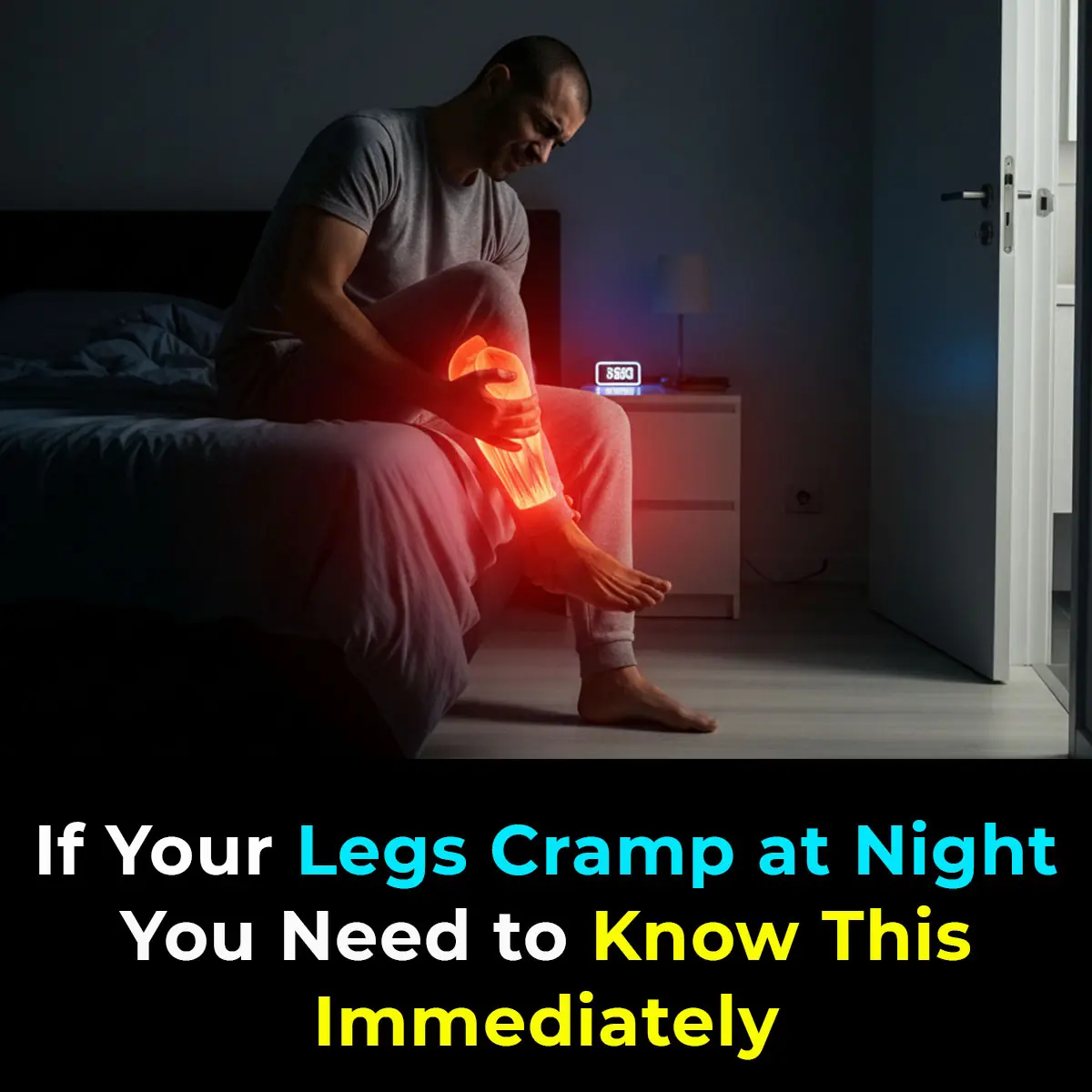
If Your Legs Cramp at Night You Need to Know This Immediately

All The Things You Need to Know About Nighttime Urination And When To Start Worrying

Doctor Says You Should Stop Peeling Off Those Banana Strings

Don’t Sleep With Your Pets: Doctors Reveal The Reason Why

Morning Drinks That Supercharge Your Kidneys: 5 Natural Remedies Backed by Science
Your kidneys quietly work around the clock to filter waste, balance fluids, and regulate blood pressure—yet most people neglect them until problems arise. Starting your morning with simple, kidney-friendly drinks can protect these vital organs and set t
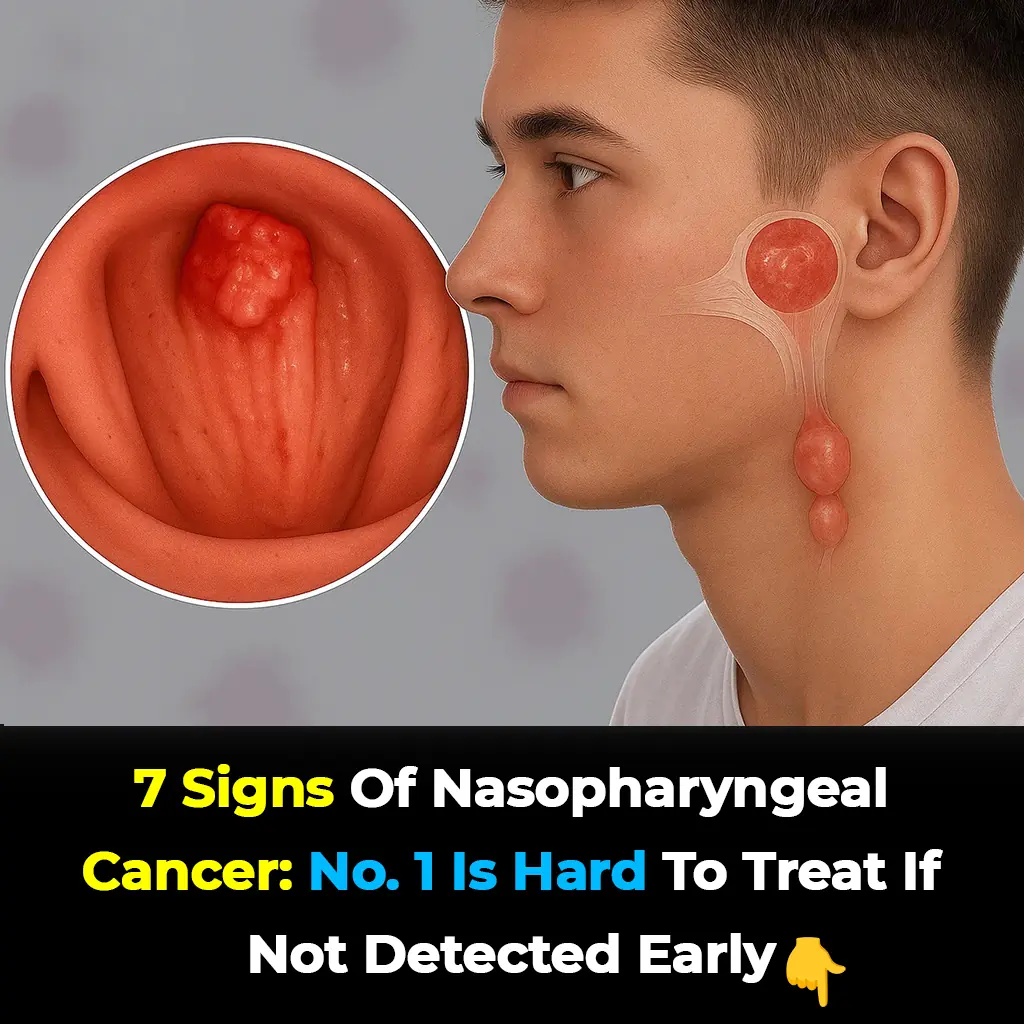
7 Alarming Signs of Nasopharyngeal Cancer You Should Never Ignore
Nasopharyngeal cancer often hides behind symptoms that look like common colds or allergies. Recognizing these early warning signs can make all the difference in timely treatment and recovery.
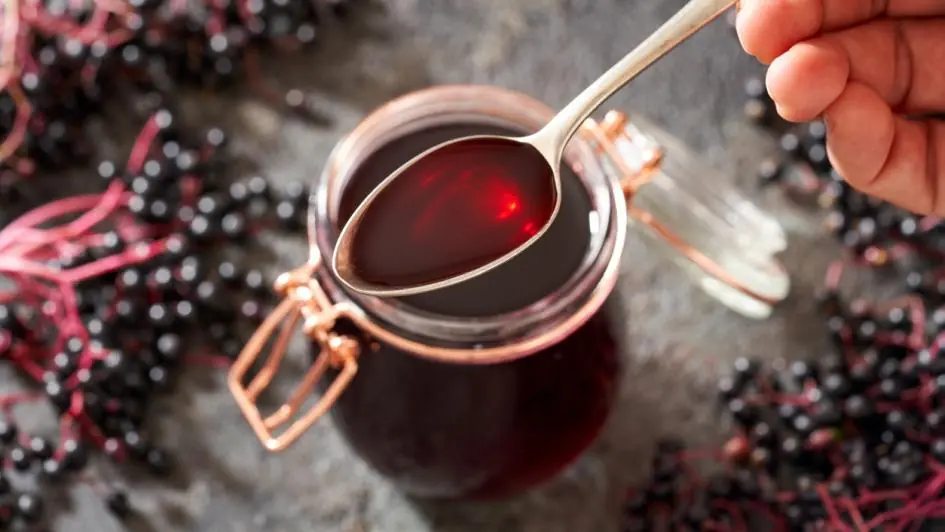
The Science-Backed Benefits of Elderberry (Plus an Easy Syrup Recipe)
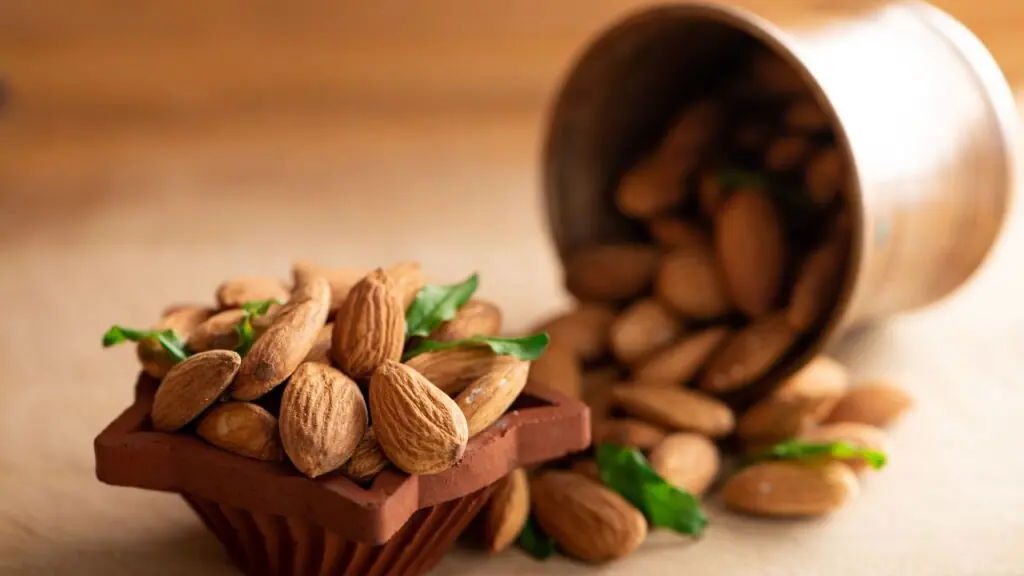
Why Almonds Are So Good for You: Health Benefits Backed by Science
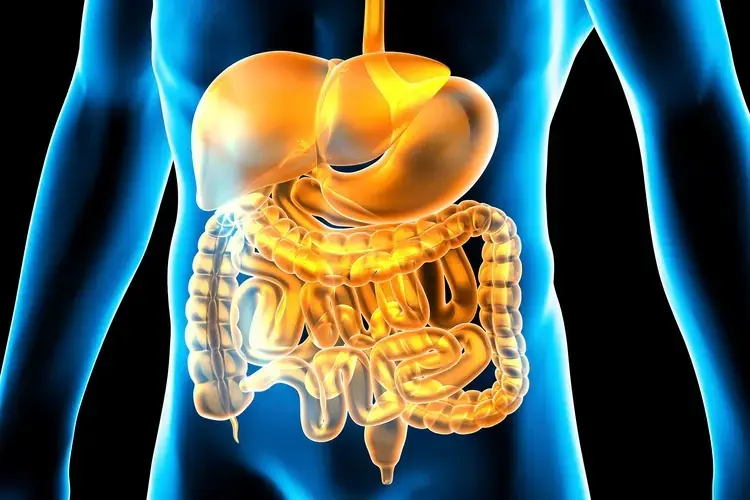
Use This Simple Method to Kill the Bacteria Causing Heartburn and Bloating Before It’s Too Late
News Post

Secret tip: How to clean glossy tiles at home without spending a penny

If your air fryer is rusty: Just do this and the rust will be easily cleaned

The surprising benefits of coffee grounds, if you have them at home, never throw them away

Eating sweet potatoes in the morning: A small habit, but you'll be amazed by the huge benefits it brings.

Effective and simple ways to restore a non-stick pan without needing to replace it

When the water pipe is completely clogged, just pour this down and it will be solved easily, no need to waste money calling a plumber.
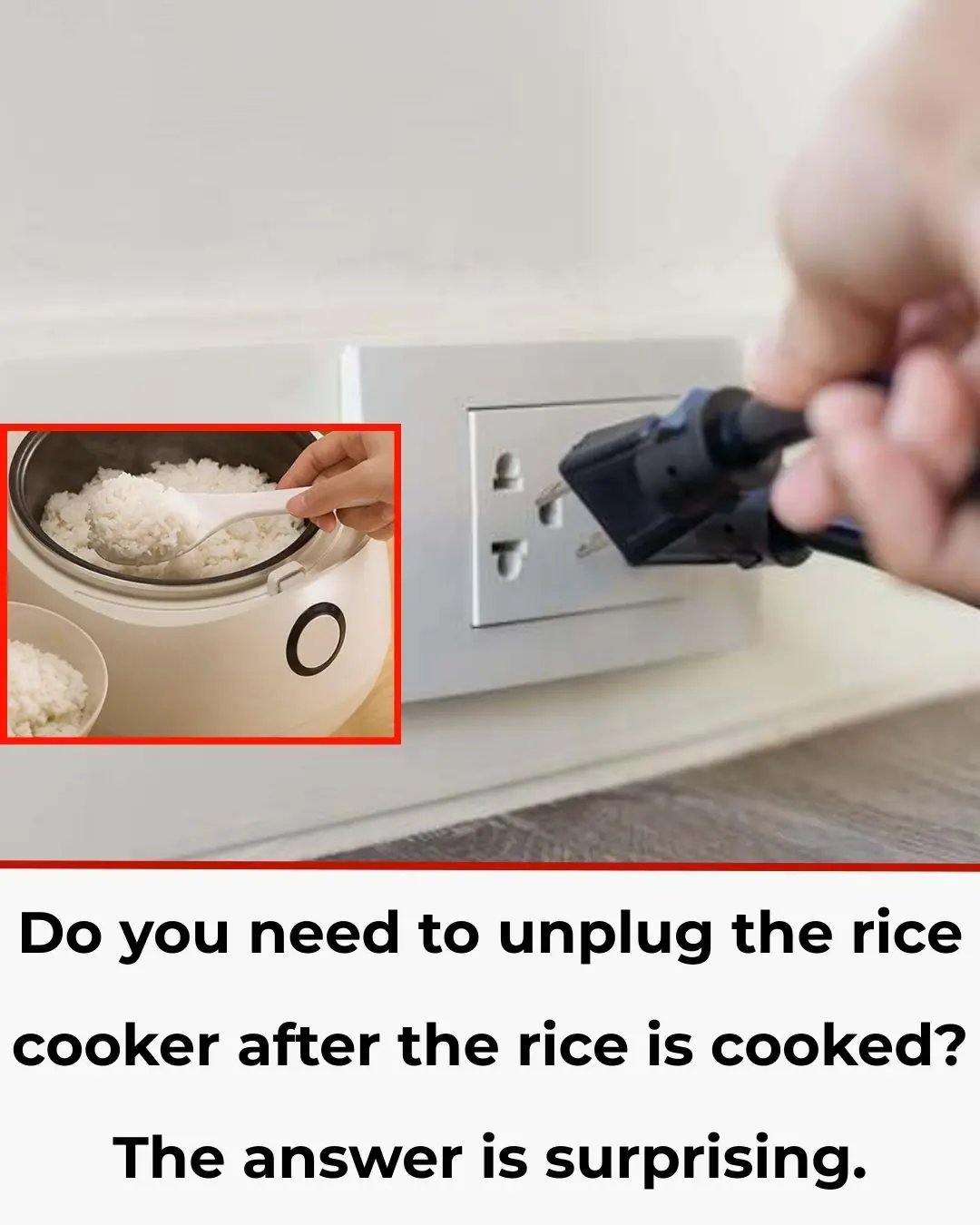
Do you need to unplug the rice cooker after the rice is cooked? The answer is surprising.

Why Soaking Vegetables in Saltwater Is Outdated

10 Ordinary Fruits With Amazing Health Benefits

9 Medications That Can Negatively Interact With Green Tea

More people are dying from heart failure, doctors warn: give up these 4 habits now

How to Get Rid of Lizards: Effective Natural Ways that Really Work

How to Keep Snakes Away: Effective Snake Repellents
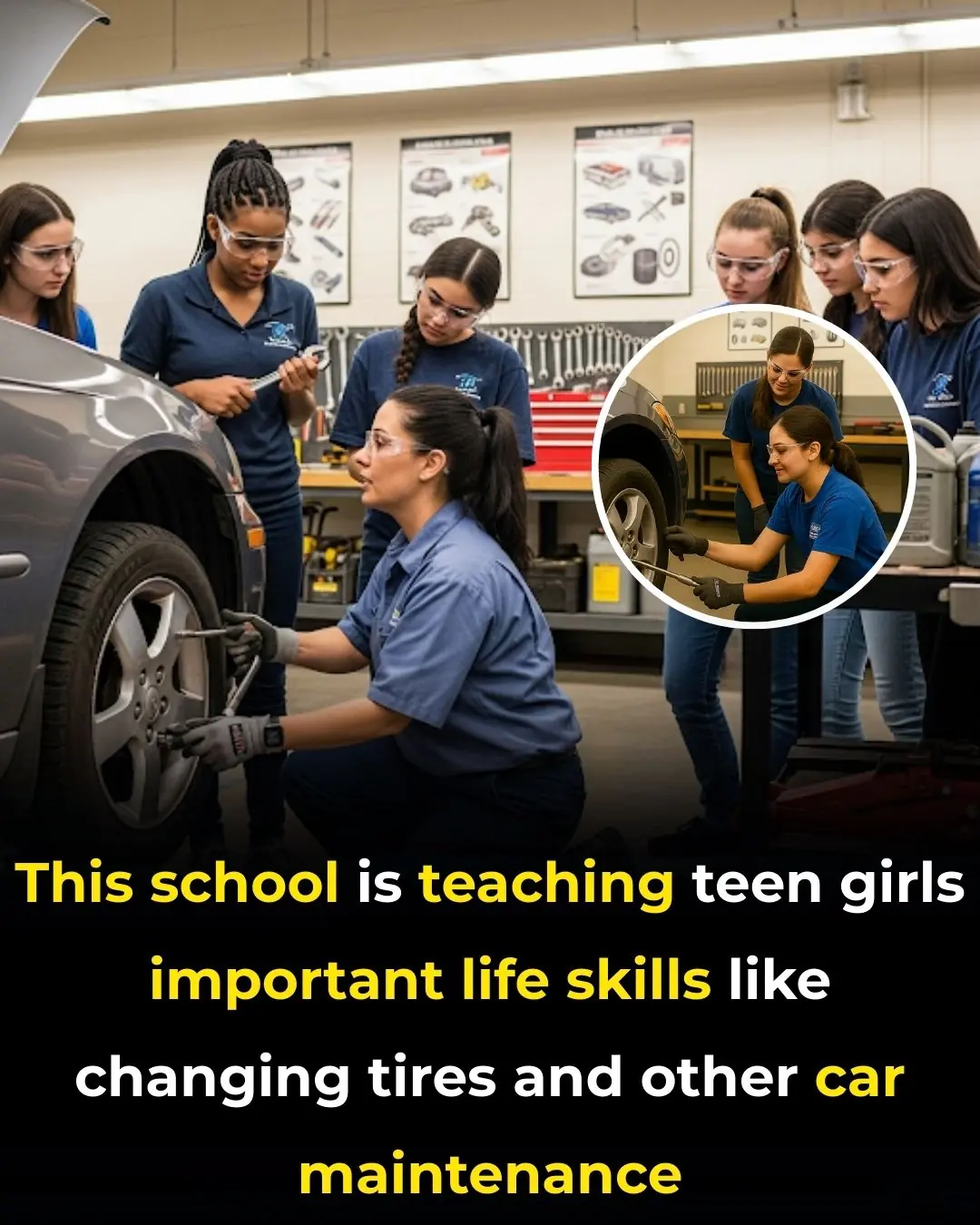
This School Is Teaching Teen Girls Important Life Skills Like Changing Tires and Other Car Maintenance

Indiana Woman Arrested After Traveling To DC To Kidnap And Assassinate Trump

Healthy Man Shares the Unexpected Bathroom Symptom That Exposed His Bowel Cancer
When 38-year-old Dave Paxton noticed his stool had turned darker than usual, he had no idea this small sign would lead to a devastating cancer diagnosis—one so rare that only 22 people in the world have ever had it.

Eat Sweet Potatoes Daily and See These 7 Sh0cking Changes On Your Body
Sweet potatoes contain resistant starch, a special carbohydrate that bypasses digestion in the small intestine. Instead, it ferments in the large intestine, promoting the release of hormones that signal satiety to the brain. T

Why Slugs Deserve More Credit Than You Think

Sink Trick You Should Always Do Before Vacation
